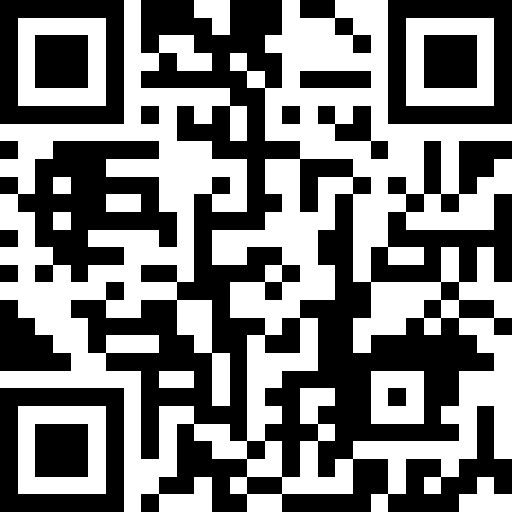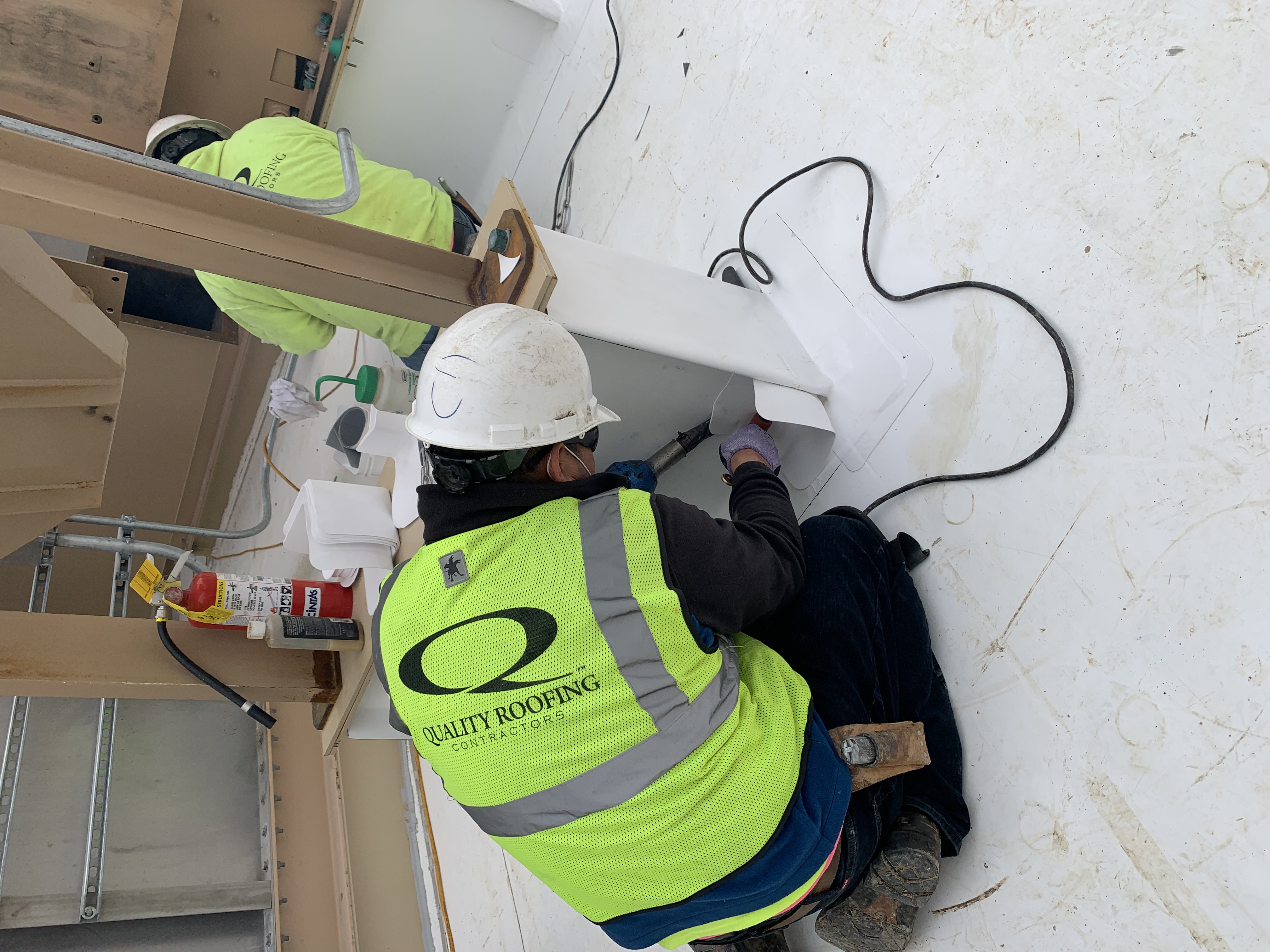Title Page
-
Client / Site
-
Conducted on
-
Prepared by
-
Location
-
Foreman on site
Inspection Questions
Housekeeping
-
Are work areas orderly and clean?
-
Are access roads/walkways clear of obstructions?
-
Is there adequate lighting for safe access during all hours of operation?
-
Are work areas free from trip hazards, debris, and clutter?
-
Area is free of scrap lumber with protruding nails?
-
Are proper signage and barricades in place to direct traffic and pedestrians safely?
-
If applicable, was orange fence used to close work area?
-
Are waste materials, such as excess concrete and packaging materials, disposed of properly and regularly?
-
Are materials stocked/stored properly?
-
Is there an adequate eye wash station? (Has sign, label, and enough liquid)
-
Containers available for disposal of waste materials (dumpster, trash container)?
-
If applicable: pre-storm planning, high winds. Covered and secured materials.
-
If applicable: silica or dust collection control. Are employees using an approved vacuum with HPA filter?
-
Is there a company site storage container?
-
Is there an used open epoxy tool?
-
Are there any unlabeled containers? (ex. water & oil pumps, materials, chemicals, etc)
-
Is there flammable/combustible containers out of their cages? (ex. gasoline, diesel, oil mixer)
-
Is there trash laying around?
-
Does it have a fire extinguisher inside?
-
Does it have a spill containment kit?
-
Is there a concrete washout station?
-
Are they available, clearly marked, and maintained?
-
Is washout container leak free?
-
Are the plastic linings and sidewalls damage free?
-
Has it been filled over 75% capacity?
-
If so, has the washwater been vacuumed off or allowed to evaporate to avoid overflow?
Excavation and Trenching
-
Was Miss Utility called before starting the work?
-
Is Miss Utility's ticket/permit still current and valid?
-
Check for excavation / trench?
-
Are excavation areas properly guarded and secured to prevent unauthorized access?
-
Is excavation/trench greater than 5 ft deep but less than 20 ft?
-
Are they properly sloped/benched, shored, or shielded according to OSHA requirements?
-
If applicable, is shoring system maintained?
-
Is the foundation trench at least 2 ft wide horizontally?
-
In trenches more than 4 ft deep, are stairways, ladders, or ramps located so lateral travel to them is no more than 25 ft?
-
Are employees not working in trenches where there is accumulated water or water is accumulating, unless adequate precautions are taken?
-
Is the spoil set back at least 2 feet?
-
Were the necessary ladders provided?
-
Are materials stored at least 10 feet away from edges/handrails or otherwise prevented from falling?
Concrete
-
Is all protruding reinforcing steel, onto or into which employees could fall, guarded to eliminate the hazard of impalement? (rebar impalement protection)
-
No employees are working under concrete buckets while buckets are being elevated/lowered into position?
-
Is rigging tag for shackle and cable on concrete bucket adequate? (tag is in good condition and information is legible)
-
Are concrete mixers guarded properly?
Fall Protection
-
Are guardrails or personal fall arrest systems in place where workers are exposed to fall hazards?
-
Are employees wearing adequate safety harnesses and lanyards? (have tag/label, not involved in an accident, and no visible damage)
-
Are safety harness and lanyards utilized with adequate anchorage points?
-
Check Aerial Work Platforms? (Ex. scaffolds, scissor lifts, boom lifts)
-
Is the operator certified for the AWP equipment?
-
Scaffolds?
-
All scaffolds plumbed and leveled as erection proceeds?
-
Are adequate sills and base plates being used?
-
Do scaffold planks extend past their end supports not less than 6 in and no more than 12 in?
-
If electrical power lines are near the scaffold, are necessary precautions being taken?
-
To prevent from falling objects, are toe boards or area barricaded below?
-
Are scaffolds securely anchored at least every 30 feet of length and 25 feet in height?
-
Are frames and panels braced by cross, horizontal or diagonal braces?
-
Is there an access ladder, steps or equivalent safe access to scaffold?
-
Is the scaffold within its weight capacity?
-
Check Ladders?
-
Are ladders in good condition?
-
Are ladders extended well above landing (at least 3') and being tied off?
-
Are the ladders proper for job and secured?
-
Are step ladders fully open when in use?
-
Is ladder placement safe?
-
Did we make the ladder?
-
Does the ladder not exceed the limit of 24 feet long?
Electrical
-
Is the insulation intact on cords and wiring?
-
Is temporary lighting guarded?
-
Are electrical panels labeled and covered accordingly?
-
Is the ground-fault circuit interrupter (GFCI) device being utilized?
-
Are extension cords connected directly to the GFCI and not to one another?
-
Do all electrical cords have ground pins/plugs?
-
Is there a warning sign where a person, tool, or machine may come into contact with any part of an energized power circuit?
-
Are lockout/tagout procedures utilized?
Hand and Power Equipment
-
Are hand tools in good working order?
-
Are electrical cords in good working order?
-
Are all mechanical safeguards in use?
-
Are handles not broken and splinter free?
-
Is tool specific signage in place? (ex. laser)
-
If laser is in use, is its height lower than 5 ft or higher than 6 ft?
Equipment
-
Check equipment machines?
-
Are brakes, lights, signals, and alarms operative? (ex. backup alarm)
-
Is the daily equipment inspection form filled out?
-
Does equipment operator have a valid and current certification?
-
If needed, does the team and equipment operator have radios to communicate with each other?
-
Check rigging?
-
Rigging team and equipment operator have radios to communicate with each other.
-
Are safety latches present on all hooks?
-
Is rigging in use tagged and in good condition?
-
Is the rigging equipment rated for the load being lifted?
-
Is a restraint line/tag/rope used if necessary to prevent rotation of the load that would be hazardous?
-
Check cranes?
-
Is the signalman certified?
-
Was the start of shift inspections conducted?
-
Are ground conditions appropriate?
-
Is swing radius protected and leveled?
-
Are the riggers qualified and carrying card?
-
Do riggers have a whistle to inform of moving load?
-
Not chains for overhead lifting unless approved
-
Overhead safe distance of 10 ft minimum
-
Crane is not within 20 ft of electrical power lines
Fire Prevention & Environmental Controls
-
Are fire extinguishers immediately available?
-
Are fire extinguishers inspected?
-
Does it have a tag, pin, and less than one year since last inspection? Is the psi green?
-
Are the hazardous materials on site, if any, properly stored?
-
Is there a spill containment kit on site?
-
Is it complete?
-
Combustible debris regularly removed to control fire hazards?
-
Are containers labeled with contents?
-
If applicable, was silt fence installed for erosion water control?
-
Is hot work being done? (ex. welding, cutting, burning, heating, grinding)
-
Is there a hot work permit?
-
Are the emergency plan and fire prevention procedures being followed?
-
Are tools and materials used for hot work properly inspected?
Vehicle
-
Check vehicle safety?
-
Does the truck have a first aid kit?
-
Is it complete and nothing is expired?
-
Does the truck have an adequate fire extinguisher?
-
Does the truck have an adequate eye wash station?
-
Do the water and oil blasting pumps have an adequate chemical label?
PPE
-
Proper work clothing (long pants, sleeved shirts)
-
Proper fit, zipped, buttoned, good condition clothing
-
Eye / face protection (safety glasses, goggles, face shield)
-
Hearing protection
-
Hard hats / helmets
-
High-visibility company vest
-
Steel-toed boots
-
Does rigging team have red vests?
Hazard Communication
-
Is there a chemical list on site?
-
Is the SDS packet on site?
-
Is it accessible to other companies' employees that might be exposed to the chemicals on site?
Documentation
-
Are required permits, drawings. and documentation readily available on site for inspection? (ex. miss utility, hot work, equipment daily log, detail/shop drawings, etc.)
-
Are Tool Box Talks (TBT) being completed?
-
Any violations?
-
Was action taken?
-
Why not?
-
No violations, but were there any safety suggestions made to the foreman on site?
-
Additional Inspection Pictures










